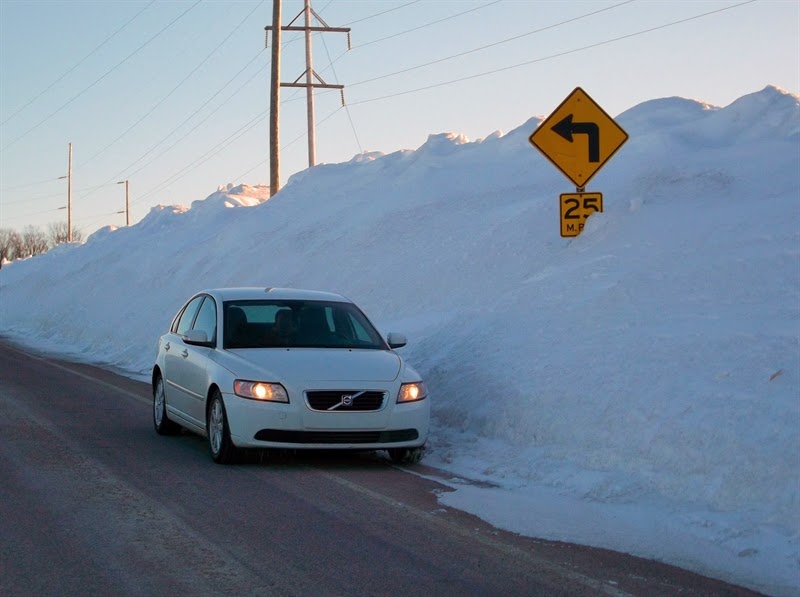Questions on Synthetic Turf Continue as New High School Field Opens in Connecticut
/Construction of a new, synthetic-surface football field to replace the grass field that had developed drainage problems at Bloomfield High School was driven by concern over player safety. The conditions on the old field, which had not been renovated in more than a decade, had become dangerous and led to player injuries, according to school officials. But the $1.3 renovation of the field and adjacent track, completed this year and which saw students on the field for the first time last month with the start of football season, has renewed questions first raised months ago locally, and which remain in the news nationally.
Back in March, on the brink of Board of Education approval of the new track and field, concerns were raised about the safety of the proposed turf. Published reports indicate that “some members expressed concerns over synthetic fields having been linked to carcinogens.” Board Chairman Donald Harris told The Hartford Courant that BSC Group, the company that was hired to install the field, put those concerns to rest. "We are fully supportive because there are no carcinogenic concerns," he said.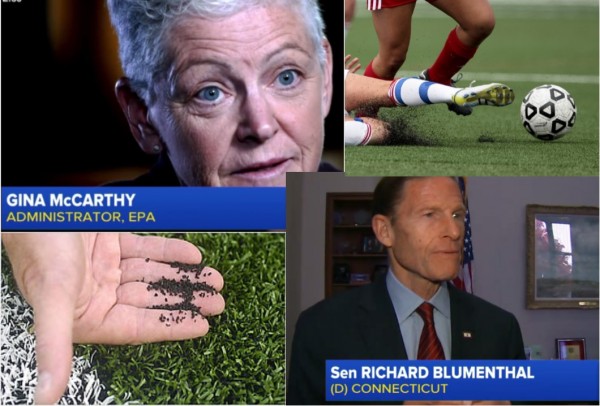
In recent months, however, questions have continued elsewhere about sand and rubber-pellet based fields, driven in part by a University of Washington women’s soccer coach who complied statistics of players who became ill, and NBC News reporting of her data. That has spurred members of Congress to call for an independent federal investigation into crumb rubber, citing lingering health questions surrounding the small rubber shreds used as artificial turf.
There have been dozens of studies that have found there to be no elevated health concerns, including a study by Connecticut’s health officials, but questions persist.
Sen. Richard Blumenthal, D-Conn., who has been described as leading the effort, first became concerned about the artificial surface when his children were playing on the crumb-rubber athletic fields. “I became concerned as a parent, as much as a public official, ten years ago, and at first was somewhat skeptical, but now very firmly believe that we need an authoritative, real study about what's in these fields," Blumenthal told ABC News this month. He is calling for an independent investigation of the safety of the rubber pellets used in synthetic turf.
EPA Administrator Gina McCarthy, a former Connecticut Commissioner of the Department of Environmental Protection, told ABC News “there is no evidence yet that is making these links, but it doesn’t mean we’re dismissing the concerns.”
The pellets made from ground-up discarded tires are used as turf on more than 10,000 athletic fields and playgrounds around the country, according to the Synthetic Turf Council.
Boston-based BSC Group, with offices in Worcester, West Yarmouth and Glastonbury, was hired to construct the new synthetic turf field in Bloomfield. The company was founded in 1965, and is a multi-disciplinary firm with expertise in a range of areas including structural engineering, landscape architecture, environmental permitting, ecological sciences and site engineering. The work at Bloomfield High School renovation included a resurfaced six-lane track, installation of the synthetic turf field and improved drainage. The football team began play on the field this season.
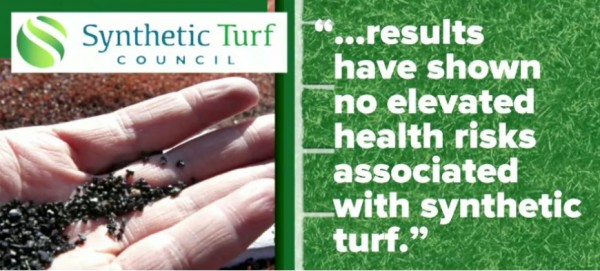 In Connecticut, like elsewhere around the nation, artificial turf fields have become a popular alternative to natural grass fields. The state Department of Public Health (DPH) website points out that “the advantages of these fields include less maintenance costs, ability to withstand intense use and no need for pesticides.” To address public safety concerns, four Connecticut state agencies collaborated in 2010 to evaluate the potential exposures and risks from athletic use of artificial turf fields, the DPH website explains.
In Connecticut, like elsewhere around the nation, artificial turf fields have become a popular alternative to natural grass fields. The state Department of Public Health (DPH) website points out that “the advantages of these fields include less maintenance costs, ability to withstand intense use and no need for pesticides.” To address public safety concerns, four Connecticut state agencies collaborated in 2010 to evaluate the potential exposures and risks from athletic use of artificial turf fields, the DPH website explains.
A two year, comprehensive investigation of releases from five fields during active play was conducted by the Connecticut departments of Public Health, Energy and Environmental Protection, University of Connecticut Health Center, and The Connecticut Agricultural Experiment Station. The study was peer-reviewed by the Connecticut Academy of Science and Engineering. The overall conclusion of the report, according to the DPH website, is that “use of outdoor artificial turf fields does not represent a significant health risk.”
Gary Ginsberg, a toxicologist with the state Department of Public Health who worked on the states risk assessment study, told The Hartford Courant recently that he has no concerns about his own children playing on artificial fields. “None at all.”


 Marking the launch of the new Share the Road campaign, this year's featured speaker is Colleen Kelly Alexander. Bike Walk Connecticut officials describe her remarkable story: After undergoing brain surgery in 2007 for a chiari malformation, Colleen overcame a lupus and cryoglobulinemia diagnosis in 2009, pushing forward to become a successful, competitive triathlete. In 2011, while on a routine bike ride, she was run over by a freight truck. Crushed, ripped apart and bleeding out, she flatlined twice, spent five weeks in a coma and has since endured over twenty surgeries. Defying diagnoses, dire predictions and death, Colleen stunned doctors by bucking the odds and coming back to run more than 50 races and complete 15 triathlons, including 4 half Ironman events since her trauma. Colleen and husband Sean Alexander were elected to the Bike Walk Connecticut board of directors in 2015.
Marking the launch of the new Share the Road campaign, this year's featured speaker is Colleen Kelly Alexander. Bike Walk Connecticut officials describe her remarkable story: After undergoing brain surgery in 2007 for a chiari malformation, Colleen overcame a lupus and cryoglobulinemia diagnosis in 2009, pushing forward to become a successful, competitive triathlete. In 2011, while on a routine bike ride, she was run over by a freight truck. Crushed, ripped apart and bleeding out, she flatlined twice, spent five weeks in a coma and has since endured over twenty surgeries. Defying diagnoses, dire predictions and death, Colleen stunned doctors by bucking the odds and coming back to run more than 50 races and complete 15 triathlons, including 4 half Ironman events since her trauma. Colleen and husband Sean Alexander were elected to the Bike Walk Connecticut board of directors in 2015. 
 lnerable User Law Mandates $1000 Fine. Connecticut requires a fine of up to $1000 on drivers who cause the death or serious injury of a pedestrian, cyclist or other vulnerable road user who used reasonable care.
lnerable User Law Mandates $1000 Fine. Connecticut requires a fine of up to $1000 on drivers who cause the death or serious injury of a pedestrian, cyclist or other vulnerable road user who used reasonable care. For Pedestrians:
For Pedestrians:
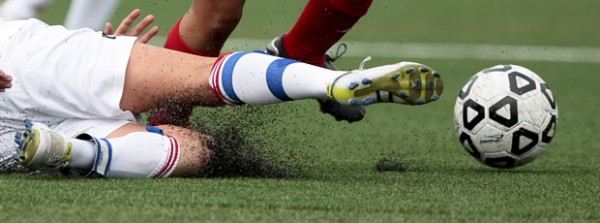


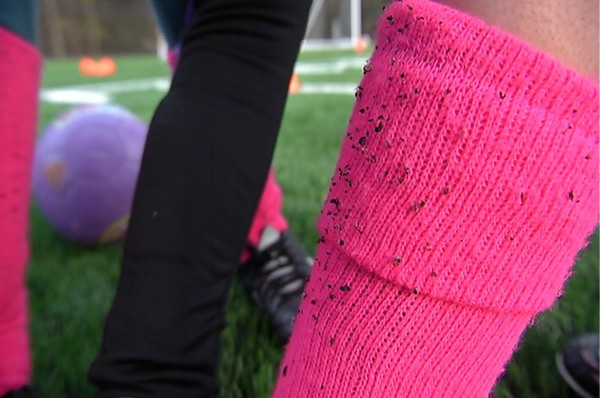
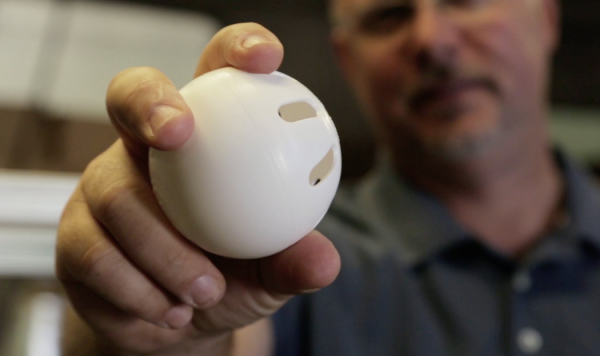 It all began in the summer of 1953, when David N. Mullany, grandfather of the current company owners (brothers David and Stephen) was watching his 12 year old son and a friend play a game in their backyard in Fairfield, using a perforated plastic golf ball and a broomstick handle. They had given up on baseball and softball - not enough players for two teams, not enough space for a field, and too many broken windows.
It all began in the summer of 1953, when David N. Mullany, grandfather of the current company owners (brothers David and Stephen) was watching his 12 year old son and a friend play a game in their backyard in Fairfield, using a perforated plastic golf ball and a broomstick handle. They had given up on baseball and softball - not enough players for two teams, not enough space for a field, and too many broken windows.
 Established in 1998, the
Established in 1998, the 


 inesses, they’re pushing the envelope - hoping to surpass 1,000 participants.
inesses, they’re pushing the envelope - hoping to surpass 1,000 participants. 
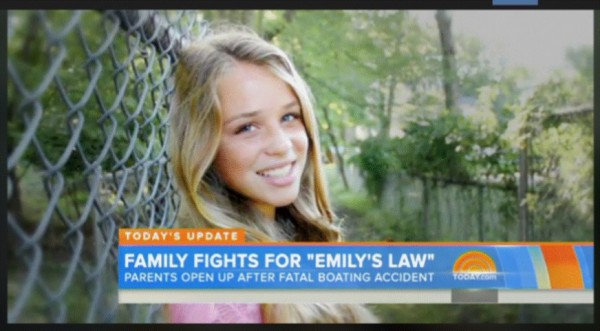
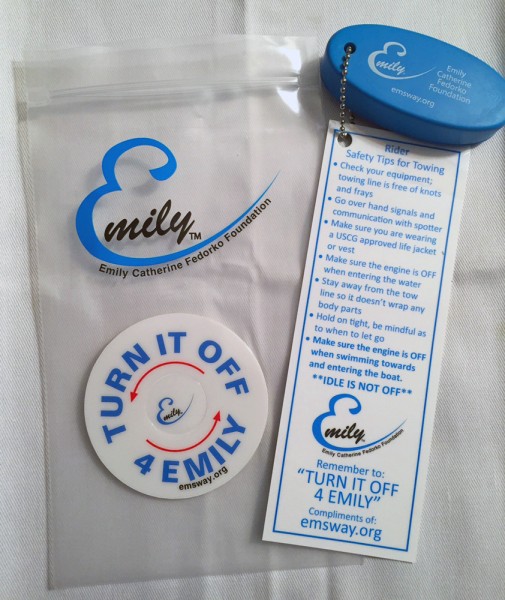
 ws recently
ws recently 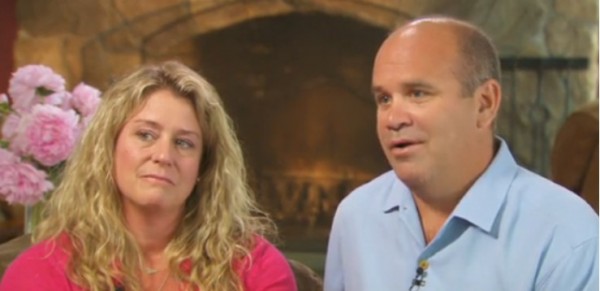


 “Hopefully this program will be a model for the rest of state,’’ Snedaker said. “Parents will now know their young children will have some of the same protections that benefit public middle and high school athletes.” In Norwalk, the newly approved guidelines had received support for the Norwalk Youth Football and Cheer, Norwalk Junior Soccer Association, Norwalk Cal Ripkin Baseball, Norwalk Little League and Norwalk Junior Lacrosse, according to the SportsCAPP website.
“Hopefully this program will be a model for the rest of state,’’ Snedaker said. “Parents will now know their young children will have some of the same protections that benefit public middle and high school athletes.” In Norwalk, the newly approved guidelines had received support for the Norwalk Youth Football and Cheer, Norwalk Junior Soccer Association, Norwalk Cal Ripkin Baseball, Norwalk Little League and Norwalk Junior Lacrosse, according to the SportsCAPP website.
 elephant venues and out-of-control costs that have plagued Olympic hosts for decades.” Recently adopted IOC guidelines are aimed at reducing costs by host cities and are more amenable to having some events take place outside the immediate Olympic perimeter.
elephant venues and out-of-control costs that have plagued Olympic hosts for decades.” Recently adopted IOC guidelines are aimed at reducing costs by host cities and are more amenable to having some events take place outside the immediate Olympic perimeter. s far on whether such a tour has been scheduled. Possible sports at the Connecticut venues, as suggested by CRDA, include badminton, table tennis, wrestling, martial arts, and weightlifting. Basketball, volleyball and soccer could be additional possibilities, along with tennis. The Connecticut Tennis Center is described as the fourth largest tennis venue in the world, with seating capacity of 15,000. Within the past week, options for major renovations or reconstruction of Hartford’s XL Center have been announced, with a decision on how to proceed due later this year.
s far on whether such a tour has been scheduled. Possible sports at the Connecticut venues, as suggested by CRDA, include badminton, table tennis, wrestling, martial arts, and weightlifting. Basketball, volleyball and soccer could be additional possibilities, along with tennis. The Connecticut Tennis Center is described as the fourth largest tennis venue in the world, with seating capacity of 15,000. Within the past week, options for major renovations or reconstruction of Hartford’s XL Center have been announced, with a decision on how to proceed due later this year. opened a state-of-the-art 300,000 square foot facility headquartered in
opened a state-of-the-art 300,000 square foot facility headquartered in 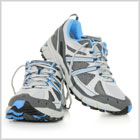
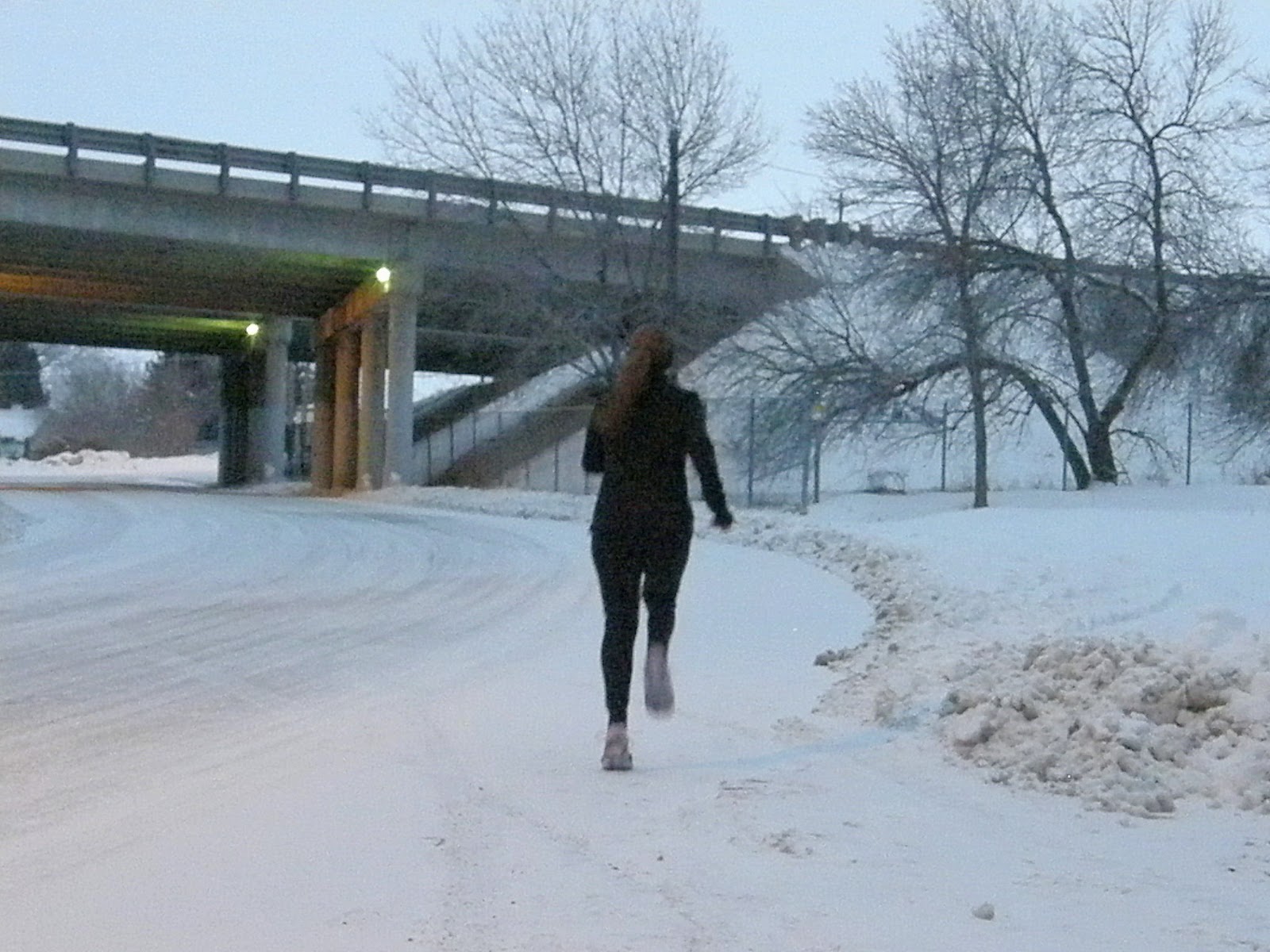 Officials at Waterford’s Crystal Mall indicate that their mall walking program is year-round, and has been running for over 10 years. They have approximately 20 regular participants, and doors open for the program at 8 a.m. Monday through Saturday and 10 a.m. on Sundays. Advance sign-up is required, and people who are interested can easily sign up at Guest Services or the mall office during regular shopping hours.
Officials at Waterford’s Crystal Mall indicate that their mall walking program is year-round, and has been running for over 10 years. They have approximately 20 regular participants, and doors open for the program at 8 a.m. Monday through Saturday and 10 a.m. on Sundays. Advance sign-up is required, and people who are interested can easily sign up at Guest Services or the mall office during regular shopping hours.